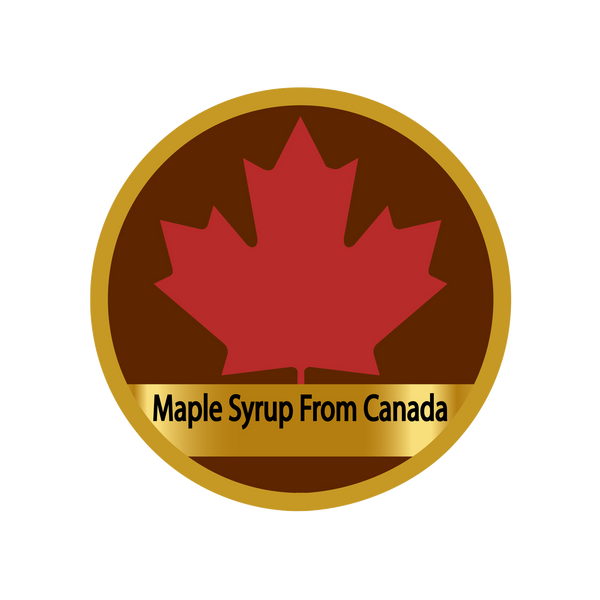Maple syrup is a beloved sweetener that is often used in pancakes, waffles, and other breakfast foods. But have you ever noticed that the color of maple syrup can vary depending on when it was produced? This is because maple syrup color changes during the maple season.
The maple season, also known as the sugaring season, usually occurs in late winter and early spring, when temperatures begin to warm up but are still below freezing at night. During this time, maple trees start to awaken from their winter dormancy and begin to produce sap.
Sap is the clear, slightly sweet liquid that flows through the maple tree's xylem vessels. It is mostly made up of water, but also contains small amounts of minerals, sugars, and other organic compounds. When sap is boiled down, it becomes the thick, amber-colored syrup that we know and love.
The color of maple syrup is determined by the amount of light that passes through it. When sap is first collected from maple trees, it is nearly colorless and has a very light, delicate flavor. This sap is often give "Grade Golden or Amber" syrup.
As the maple season progresses, the color and flavor of the sap changes. This is because the bacteria in the sap develop themselves faster due to the warm weather. The longer the sap is processed, the stronger the flavor and the color will be.
By the end of the maple season, the syrup produced is usually a deep, rich amber color with a robust flavor. This syrup is often called "Very Dark" maple syrup.
The color of maple syrup can also be influenced by the weather. If there are periods of warm weather during the maple season, the sap may become darker and more flavorful more quickly. Conversely, if there are periods of cold weather, the sap may stay light and delicate for a longer period.
In conclusion, the reason why maple syrup color changes during the maple season is due to a combination of factors, including the concentration of sap as the season progresses, the length of time the sap is boiled, and the weather conditions during the season. So the next time you enjoy a stack of pancakes with maple syrup, take a moment to appreciate the complex process that goes into producing this delicious sweetener.

